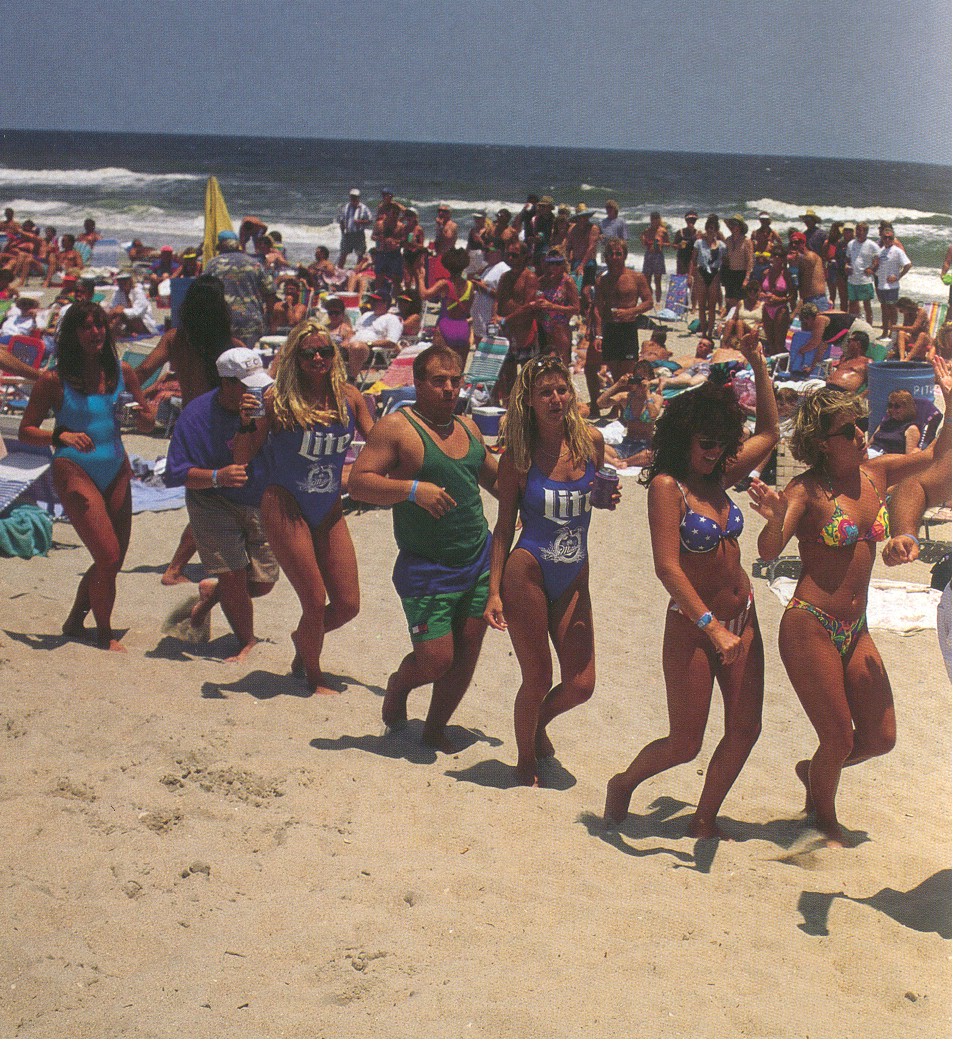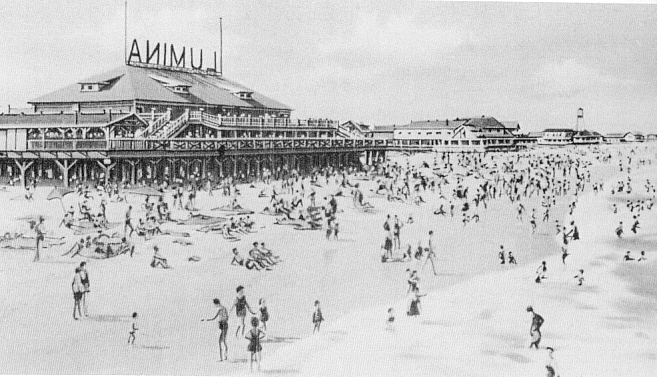WILMINGTON TODAY

Seal of the City of Wilmington
WILMINGTON TODAY

Seal of the City of Wilmington
Today, Wilmington is enjoying the most prosperous period in its entire history. With the population of its metropolitan area doubling almost every ten years, there is a booming construction, tourist, and boating industry, the tax base of the county has increased dramatically, the city has been touted as one of the finest family vacation areas in the country, and thousands of retirees and others move into the area every year.But Wilmington's prosperity is not equally distributed. The majority of Wilmington's black population lives in the city part of the metropolitan area, with a large concentration in the Northside (the old "Brooklyn"). African Americans comprise 99% of Northside residents, 34% of city residents, and 20% of county residents.
The differences in poverty and unemployment are of course even greater than they appear, because the city and county figures include the Northside figures, and because African Americans living outside of Northside in the city and the county also tend to be less well off than whites. There is little doubt that Wilmington is just like other American cities, in another vital economic statistic: personal wealth. White Americans nationally possess ten times as much personal wealth, much of it inherited, as African Americans.Poverty:
Northside = 45% City = 22% County = 14% Income:
Northside = $7,560 City = $27,200 Unemployed:
Northside = 20.5% City = 6.2% County = 5.1% The image of Wilmington as a basically all-white, happy and prosperous city is typically how it is presented in national magazines, and how the city tends to present itself. The magazines publicizing the 1999 Azalea Festival, for example, included many pictures of the city, but with the exception of one former UNC Chapel Hill basketball player, virtually all the photos were of whites. In one center page add, there were 56 smiling faces from a local realtor--all white.

Azalea Festival, celebrating "The Old South"Wilmington's most prized features, the beach and boating world, have always been more or less all white. No one ever mentions that the famous pavillion, the Lumina, never admitted Negroes.

Beach, 1900 Beach, 1960 Beach, 1998

The Lumina and its beach were always all whitereturn to Table of Contents
Link to Chapter 7.1:
WILMINGTON TOMORROW